Editor’s Key Takeaways: Mastering Movement for Dynamic Photography

Understanding and leveraging movement in photography is key to creating dynamic, energetic images. This article explores the essentials of capturing movement, providing insights for photographers at all levels.
Here are the key points covered:
- What Counts as Movement in Photography? – Movement can be depicted through a subject in motion, like a person running or waves crashing. Techniques include blurred or sharp movement, as well as intentional camera movement to create the illusion of dynamism.
- Why Include Movement? – Movement generates a sense of dynamism and urgency, making images more eye-catching and engaging for viewers.
- When to Include Movement – For a lively, energetic image, incorporate movement. For calm, atmospheric photos, consider long exposures that may feature more subtle motion.
- The Rule of Space – A composition technique to effectively incorporate movement by providing space in the frame for subjects to move into, enhancing the sense of motion.
- Ways to Display Movement – Experiment with blurred movement, sharp movement, and intentional camera movement to add variety and creativity to your photographs.
Learning to capture movement will bring your photos to life, adding energy and engagement.
Introduction
If you want to create beautiful images, then you must learn how to use movement in photography.
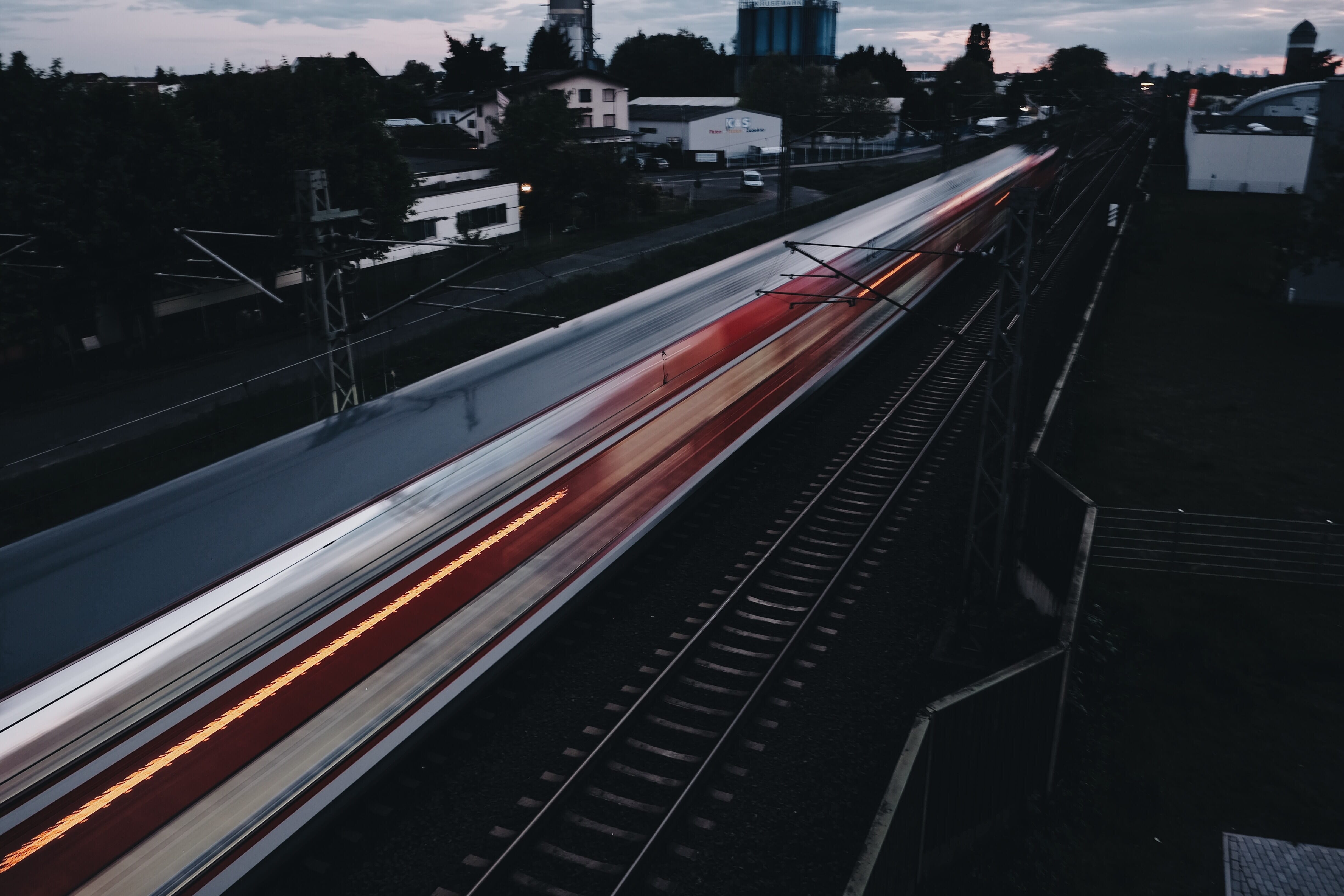
You see, movement is what creates energy, dynamism, and much more.
That’s why this article is dedicated to sharing everything you need to know about movement–and how you can capture it photographically.
So if you’re ready to discover the secrets to movement in your compositions…
…then read on!
Movement in Photography:
What Counts as Movement in Photography?
Movement can include any areas of your photo that are moving.
For instance, a person running through the frame, like this:

Or a wave crashing on the beach, like this:
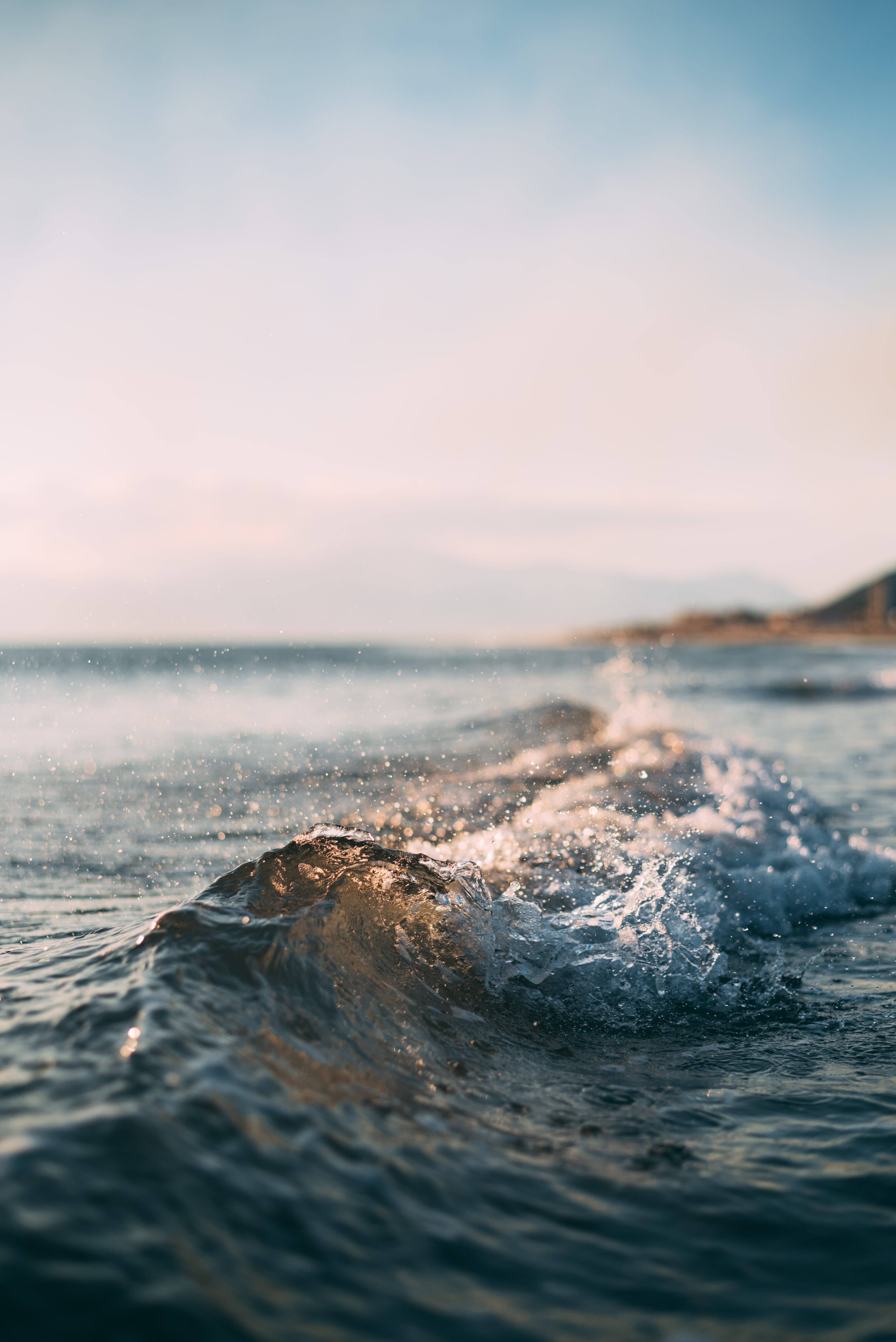
Note that movement can be displayed in several different ways, which I’ll discuss in-depth below.
For instance, you can get blurred movement:
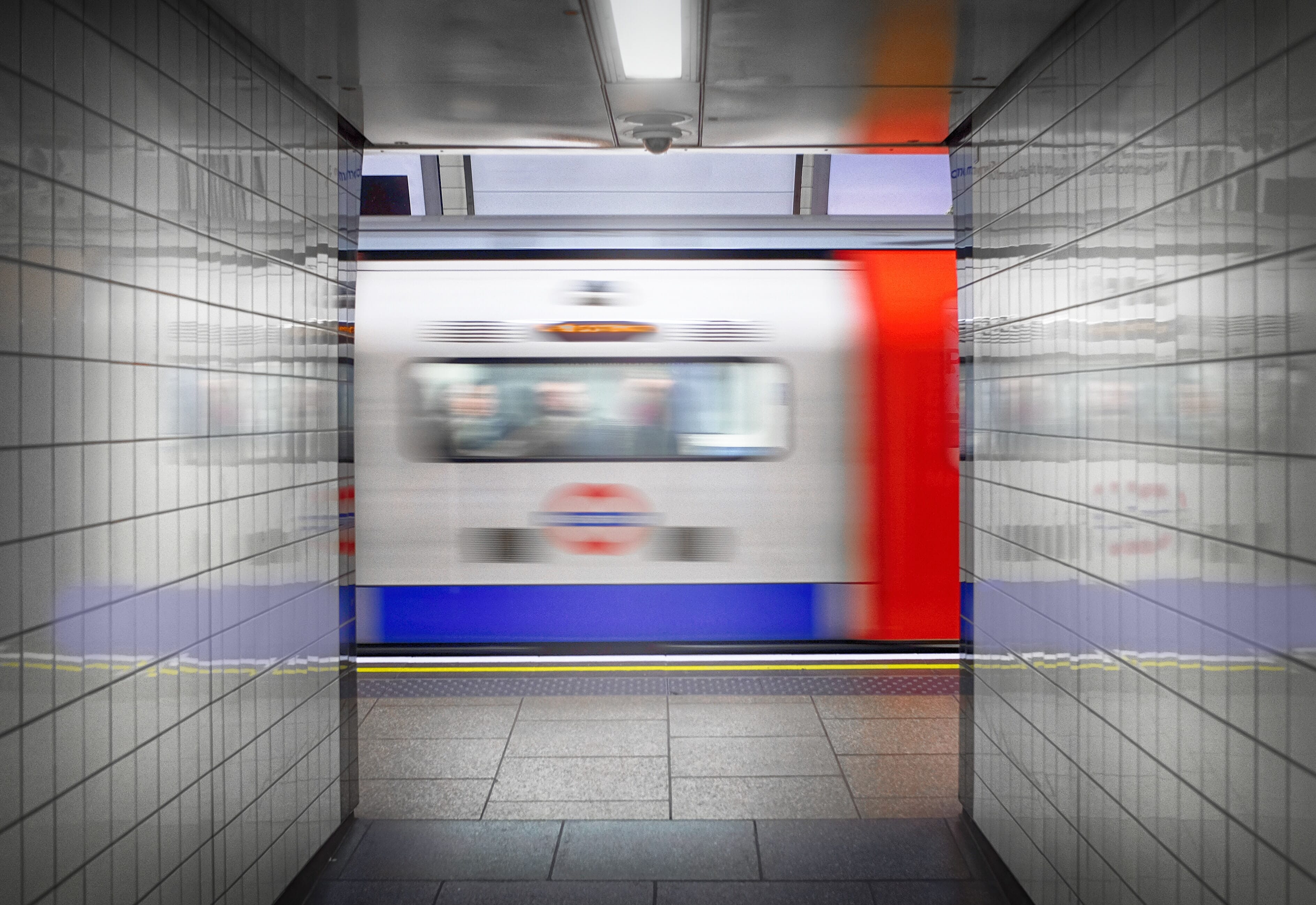
Or sharp movement:

By the way, you can also include the illusion of movement when no movement is there, which I would also count as movement in photography, and which you should definitely be aware of.
Here I’m talking about intentional camera movement images, where the camera moves but the subject stays still, like this:
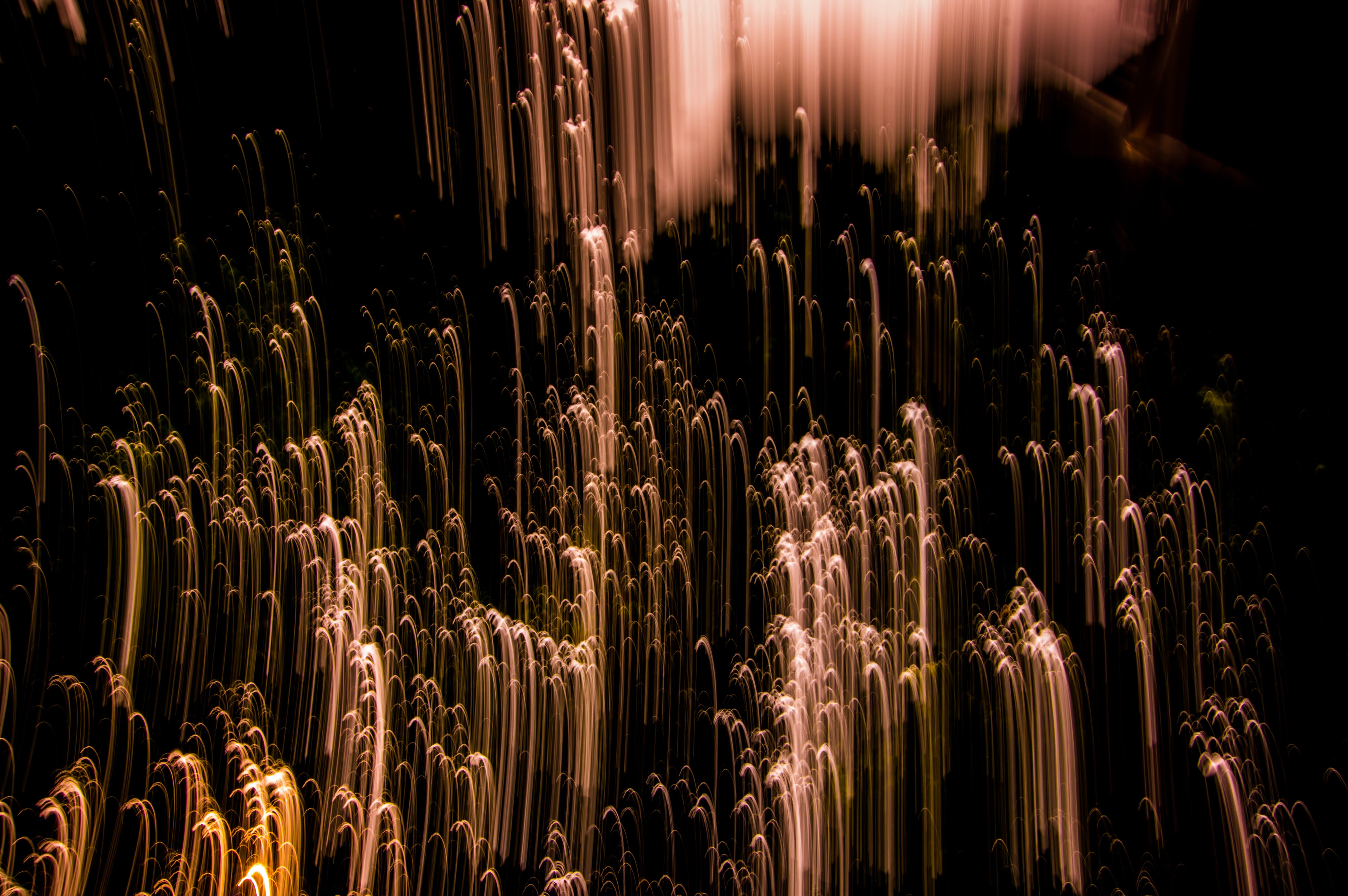
Cool, right? Intentional camera movement is a great way to really spice up your images and create a sense of dynamism, even when no movement is present in the scene itself.
Why Should You Include Movement in Your Photography?
As I explained above, movement creates a sense of dynamism, intensity, and urgency.
(There are exceptions, such as long exposure shots, which I’ll discuss down below.)
Images with movement tend to be very eye-catching for this reason; they drag the viewer into the frame, and force the eye to glide along with the moving elements.
Now, if you’re after a calm, atmospheric image, then I don’t recommend including movement unless you plan on shooting a long exposure.
But if you want an image that feels energetic and intense, then adding some movement is a great choice.
When to Include Movement in Photos
Photographers of all stripes use movement in their images, in one way or another.
For instance, landscape photographers capture beautiful long exposures that show movement over time.

Bird photographers freeze birds in flight or create artistic panning images.
Street photographers freeze movement as it happens in the city.

While portrait photographers capture movement in their subject.
In other words:
Movement always works!
So don’t shy away from using movement in your photos, no matter your favorite genre of photography.
How to Compose With Movement: The Rule of Space
Now that you know all about the value of movement, you’re probably wondering:
How do I compose with movement? How do I position moving subjects within the frame for the best shots?
Well, there’s a simple answer:
You use the rule of space.
The rule of space states that you should leave space in front of a moving element.
That is:
You need to give the moving element space to move towards in the composition, like this:

The alternative is cutting off the space in front of the element, so that it has nowhere to move, and this feels unpleasantly cramped.
So whenever you capture movement, make sure you use the rule of space. Give your moving element something to move into!
Ways to Display Movement
Even once you’ve mastered the rule of space, you’re still going to need to think about how to render movement in your photos.
Because there are actually a whole host of methods for displaying movement, and each one offers a slightly different effect:
Blurred
The simplest way to display movement is completely blurred, like this:
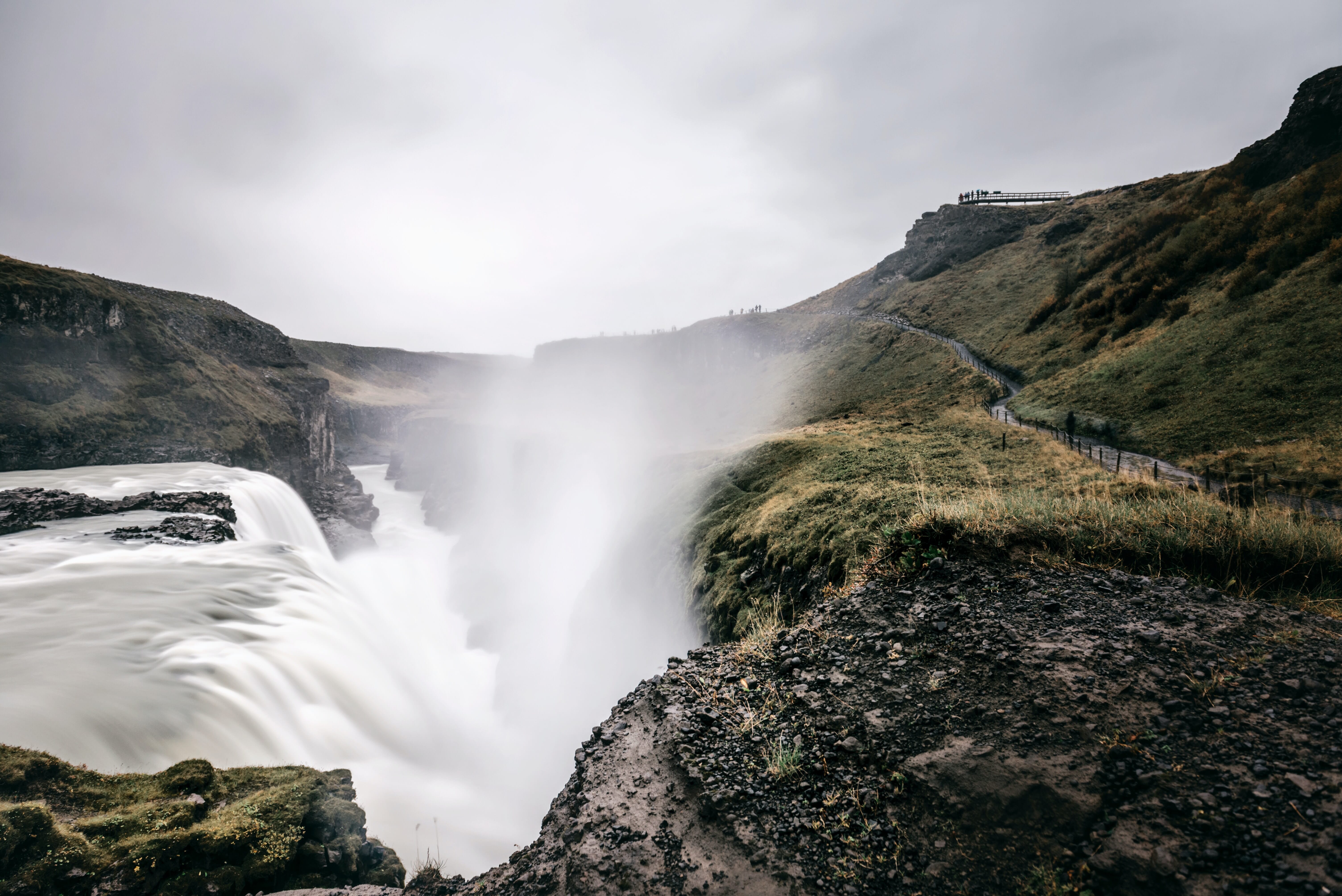
Blurred movement happens when your subject is moving but your camera stays completely still.
Long exposure photographers capture beautiful landscapes using blurred movement. Here, it’s important that the background remain completely still while the subject moves, so that you get a mix of sharp and soft areas, like this:
Note that if your camera shakes, even slightly, you’ll end up with something much less desirable.
Now, how do you create long exposure, blurry movement?
First, you place your camera on a tripod, making sure that the tripod is completely stable.
Next, decrease your camera’s shutter speed down below 1/50s or so. The faster your subject, the less you’ll need to decrease the shutter speed in order to achieve blur (though if you’re dealing with slower subjects, such as running water, you may need a shutter speed of 1/10s and beyond).
Finally, take your image, but be careful not to knock the tripod. I recommend using a remote shutter release, which will allow you to trigger the shutter button without touching your camera (as touching your camera can introduce unwanted vibrations).
You also have the option of using a two-second self-timer–it’s built into most cameras–but the problem is that there will then be a delay of, well, two seconds. And in two seconds, a moving subject might be long gone!
Now, what if you don’t have a tripod? Or what if you’re looking for a slightly different look?
That’s where the next type of movement becomes useful:
Panned
Panned movement is like blurred movement, except that the subject appears somewhat sharp, like this:
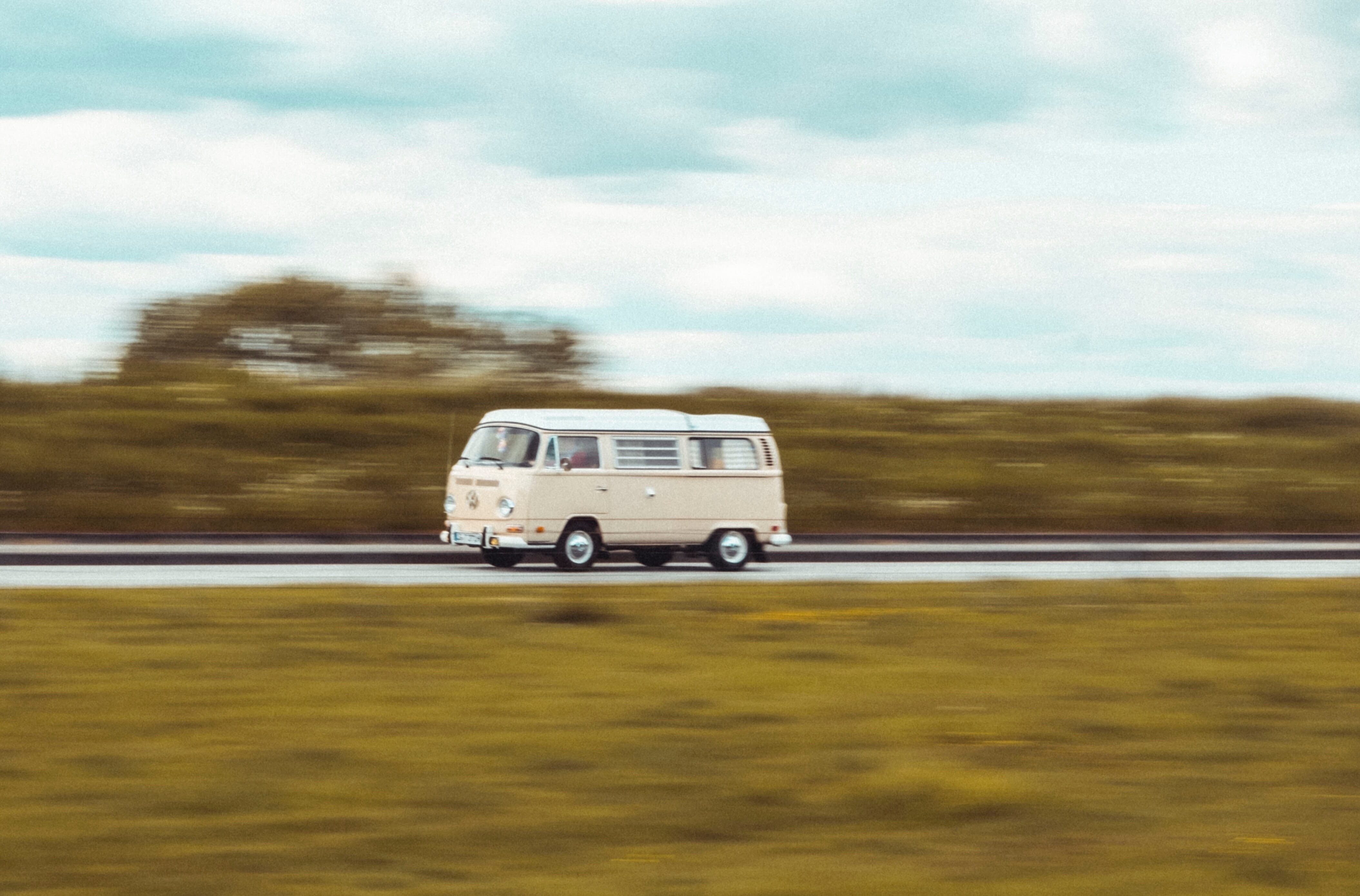
It’s a very cool effect if you’re looking to give your images that spark of life–because with a panned image, you can practically feel the subject moving off the page!
How do you create a panned image?
First, you lower your shutter speed to somewhere between around 1/20s and 1/60s. The best value will depend on your lens’s focal length, as well as the speed at which different parts of your subject is moving, but 1/30s or so is a good starting point.
Next, find a subject that’s moving past you.
(This last step is essential; the subject cannot move toward you or away from you. It must go by you.)
Third, follow the subject with your lens. Carefully focus on the subject from a distance, then follow it as it moves past, while turning your lens along with the motion.
I’d recommend you take a series of shots as your subject moves, which is why your camera’s continuous shooting mode will be your friend. Note that panned photoshoots are always pretty hit and miss, but you’ll often get at least one or two images that you’re pleased with, and that’s what matters!
Wildlife photographers use panned movement all the time to create dynamic shots of animals in low light, by the way.
And it’s also worth noting that you can create panned images while using a tripod (in fact, a tripod can ensure you keep your camera level as you pan!).
Frozen
When most photographers think of capturing motion, here’s what comes to mind:
Ultra-sharp shots that freeze every little bit of motion (and render lots of gorgeous detail).
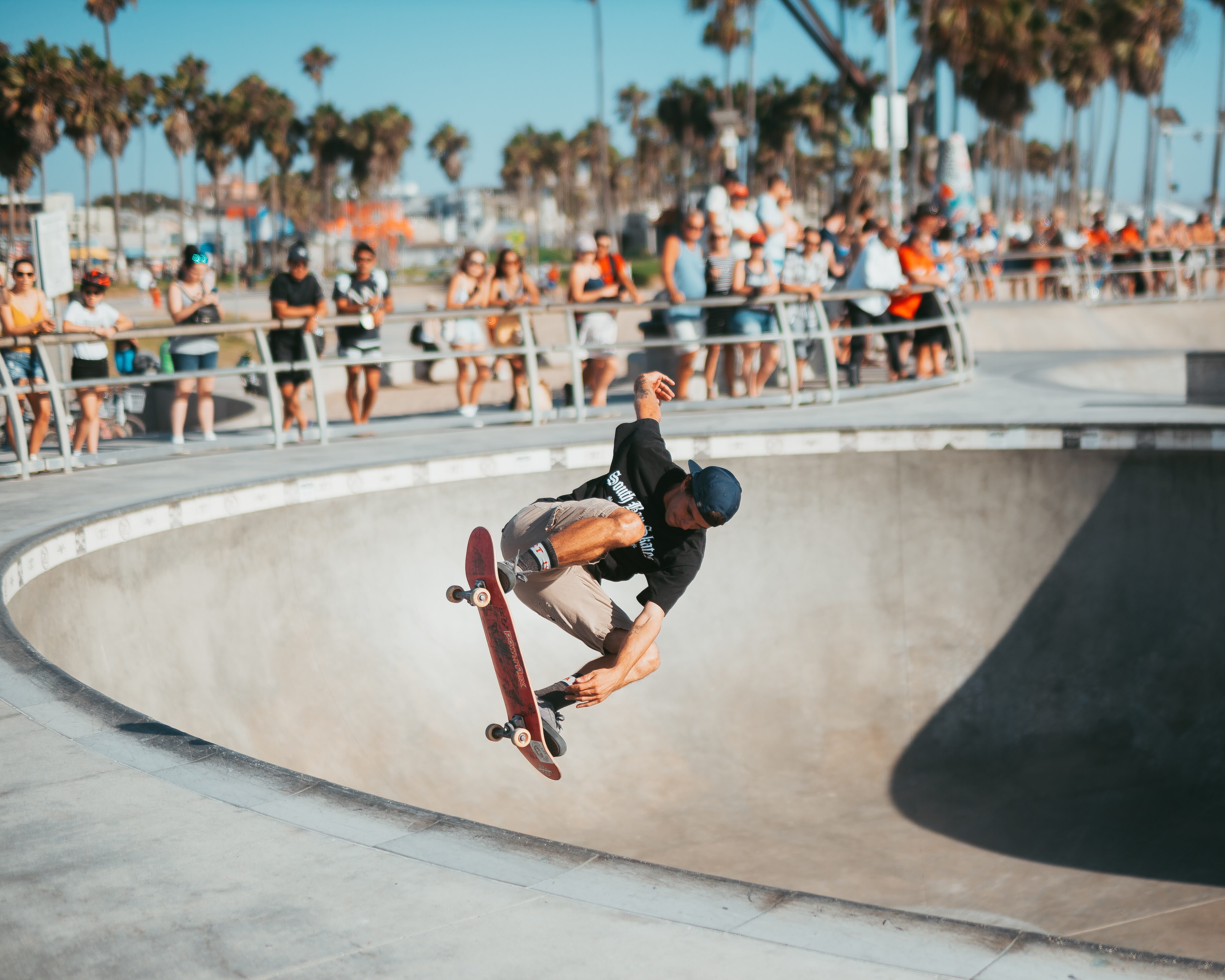
And it’s true:
Frozen motion can look very cool. It can also be very intense, which is why it pays to be able to capture frozen motion at will.
Now, freezing motion is all about your shutter speed. You need a shutter speed that’s fast enough to render movement motionless.
And while the particular shutter speed you must use depends on your subject and how fast it’s moving…
…you’ll generally require a shutter speed of at least 1/250s for slow moving subjects, 1/500s for faster moving subjects, and a shutter speed of 1/1500s and above for ultra-fast subjects, such as birds in flight.
There’s a problem with this, however:
The faster your shutter speed, the less light you let into your camera. And the less light you let in, the darker your photo will appear.
This is why it’s sometimes hard to freeze motion completely, unless you have strobes on hand; as the ambient light gets lower, you’ll need to drop your shutter speed to create well-exposed images, which in turn sacrifices sharpness.
Fortunately, there’s a way around this that will allow you to capture motion even in low light.
All you have to do is widen your aperture while boosting your ISO.
Both of these settings will ensure that your shot turns out brighter, while allowing your shutter speed to remain consistent as the light drops.
But bear in mind that neither setting comes free; by widening your aperture, you’ll end up with images that have very little in focus.
And by boosting your ISO, you’ll end up with images that are very noisy.
It’s obviously not ideal…
…but sometimes you have to sacrifice image quality to freeze motion!
Strobe-like
By strobe-like motion, I’m talking about images like this:
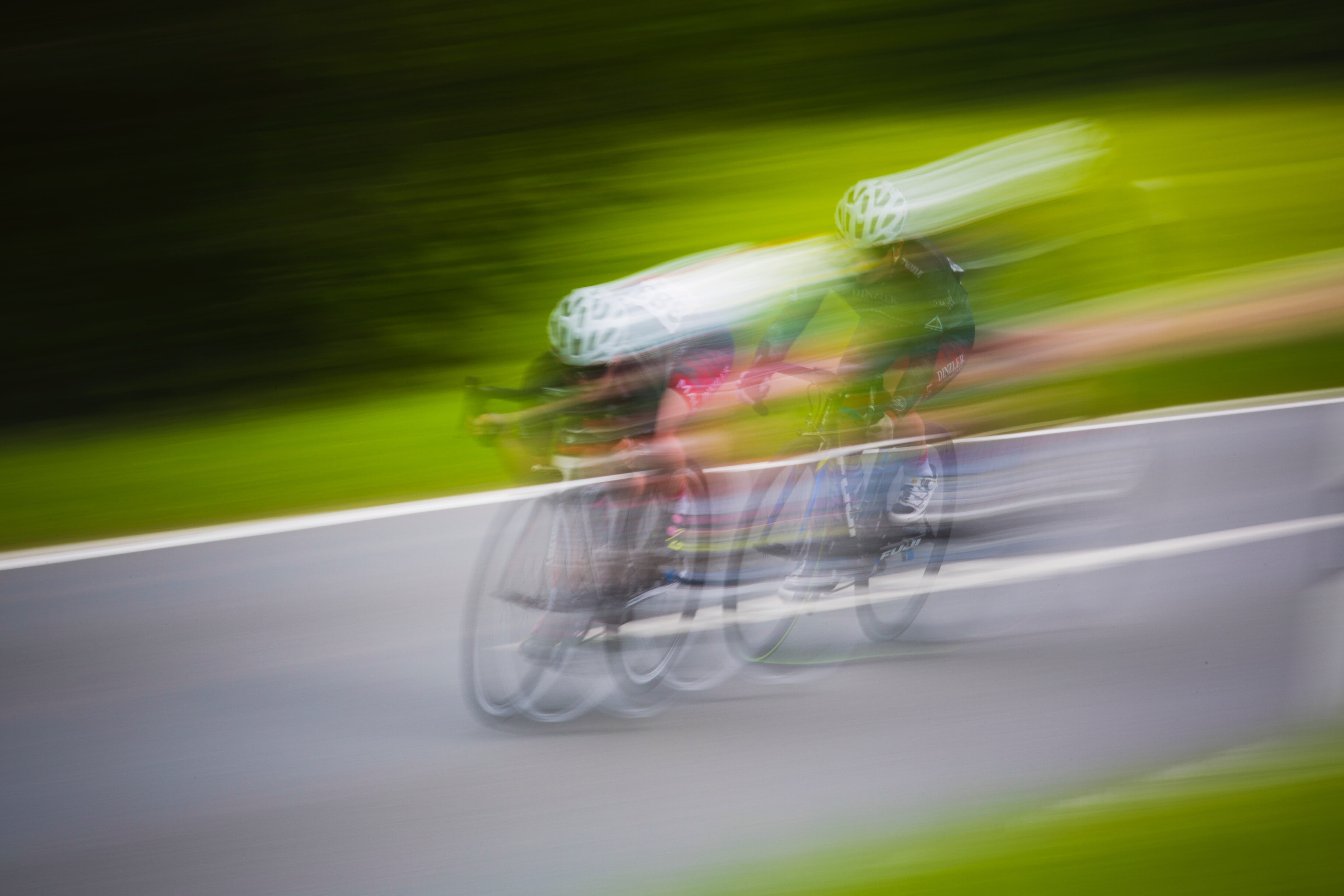
In which your subject is displayed multiple times, sometimes moving, sometimes not.
How do images like this work?
Well, you need a moving subject, and you need some sort of artificial light source, one that you can flick on and off. A speedlight or a studio strobe is ideal, but you can also use a flashlight or a lamp, depending on the amount of ambient light.
(Note that your light source must be able to cut through the ambient lighting; you won’t be able to use a dim flashlight in bright daylight, for instance.)
Next, you need to dial in a long shutter speed. This will depend heavily on the speed at which your subject is moving. Faster subjects allow you to use faster shutter speeds, whereas slower moving subjects will require slower shutter speeds.
Finally, you need to trigger your camera’s shutter. As you do, flick your light on and off.
Any moving subject will be rendered multiple times, as if being hit by a strobe!
Intentional Camera Movement
Intentional camera movement is a bit unorthodox, but it’ll get you very cool images, so it’s always worth trying out.

Instead of letting your subject move, you move your camera; that way, you end up with a blurry shot without actually including movement in the scene.
Simply set a slow shutter speed (1/30s or longer).
Then trigger the shutter button while moving your camera left, right, up, or down.
I recommend experimenting with the direction of your camera movement, as well as your shutter speed. In general, moving your camera along prominent lines (such as tree trunks) tends to work well, whereas moving your camera against prominent lines doesn’t work so well, but it’s really all about you and the effect you’re after.
By the way, intentional camera movement can work with or without a tripod. But if you’re after a cleaner effect, a tripod is a good idea, because it’ll ensure you keep your camera in a perfectly straight line as you move the camera.
Movement in Photography: The Next Step
Movement is a great way to spice up your photos. It’ll give you beautiful, dynamic results–as long as you’re up for the technical challenge.
Just remember:
Whenever you’re faced with movement, you’re free to display it in several different ways.
So make sure you carefully choose the best option; that way, you can get the composition you’re after!
What is movement in photography?
Movement in photography simply refers to elements of a photo that are moving (or appear to be moving). So you might portray movement by capturing an image of a skateboarder in the air, or a car driving on the street, or a person running on the sidewalk. You can also create artistic images by using a long exposure technique (where you create an image that’s mostly sharp, but with a portion of the image blurred), or by using a panning technique (where you create an image that shows motion blur).
Do you always need to create tack-sharp images?
Absolutely not! It’s generally good to get sharp photos, but there are times when you’ll want to create blurred images for artistic purposes. For instance, long exposure images are partially blurred and can look amazing. Intentional camera movement shots are completely blurred, and have a very abstract, ethereal quality. So don’t assume that blur is always a bad thing!
What is the rule of space?
The rule of space states that you should position your moving subject so that they have space to move into. This makes for a more balanced, harmonious image. Note that the rule of space also applies to subjects that are simply looking in one direction; you should add space in front of the subject’s gaze, so that they have an area to gaze into. Of course, the rule of space isn’t actually a rule. It’s simply a guideline, and there are times when you’ll want to break the rule of space to create images that include more tension.
How do you capture sharp movement?
You can capture sharp movement with a fast shutter speed. The precise shutter speed you need does depend on the speed of the motion; the faster the motion, the higher the shutter speed that’s required. For instance, you might only need a shutter speed of 1/250s to photograph a walking person, while you’ll need a shutter speed of 1/2000s to capture a fast bird in flight. A big tip here is to simply experiment. Over time, you’ll get a sense of what scenes require what shutter speeds.
How do you capture blurred movement?
There are a few different ways of capturing blurred movement. First, you can use a long exposure technique, where you set your camera up on a tripod and dial in a slow shutter speed. If your tripod is sufficiently stable, you’ll end up with a shot that’s mostly sharp, but portrays the movement in terms of blur. Second, you can use a panning technique, where you follow the motion with your camera while using a moderately slow shutter speed (i.e., one that’s in the area of 1/20s to 1/60s). Third, you can use intentional camera movement to create the impression of movement. Here, you need to use a slow shutter speed (you can experiment with different values) while moving your camera in different directions.
Why is movement in photography important?
If you include movement in your images, it helps engage the viewer. For one, movement rendered sharply can be quite breathtaking, especially if you’ve managed to capture your subject in a very dynamic moment (as if they could explode off the page at any second). Second, movement helps guide the viewer through the image while keeping the eye interested. Third, movement can simply look very cool, especially when you use interesting effects such as long exposures or panning.
